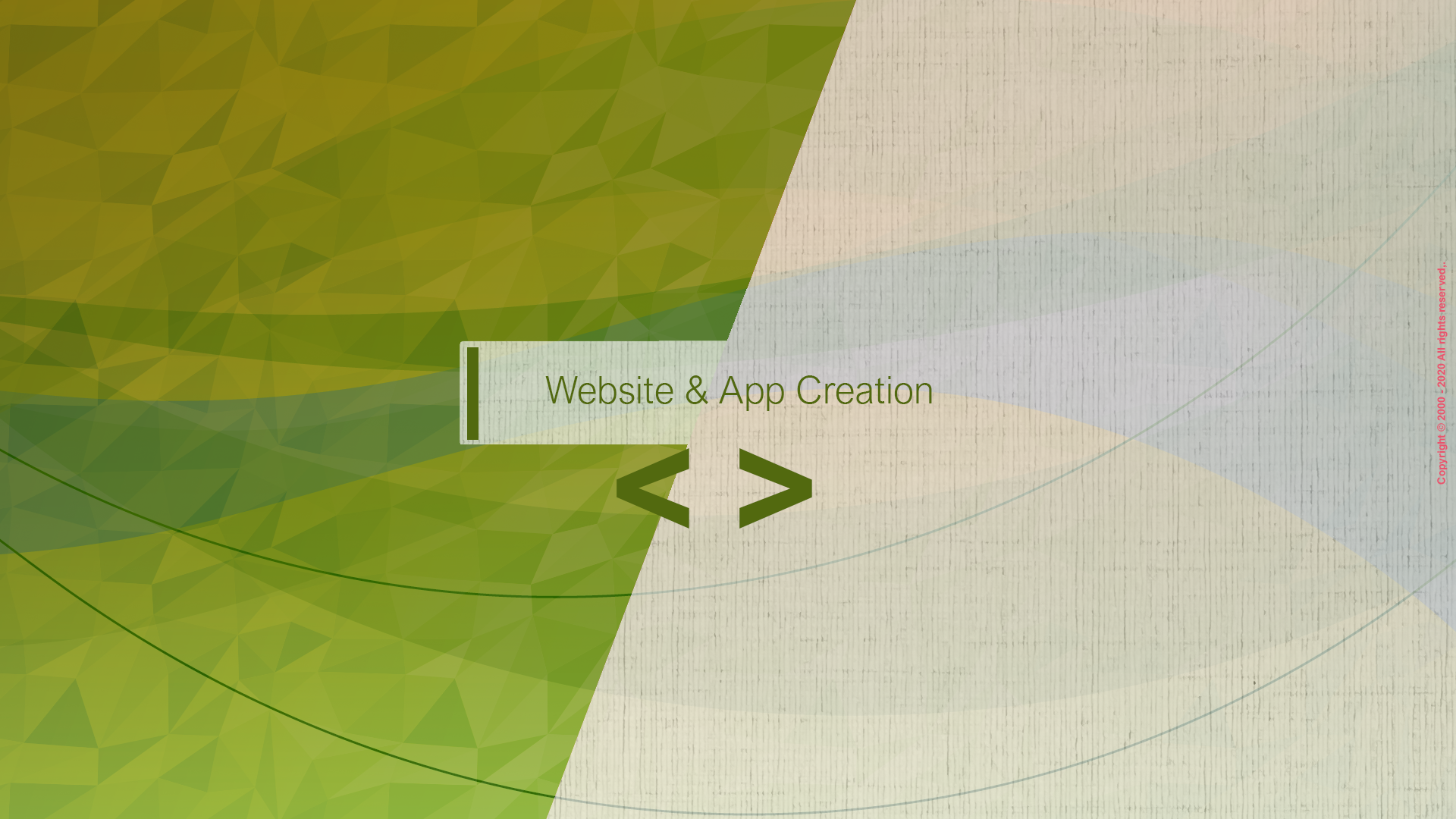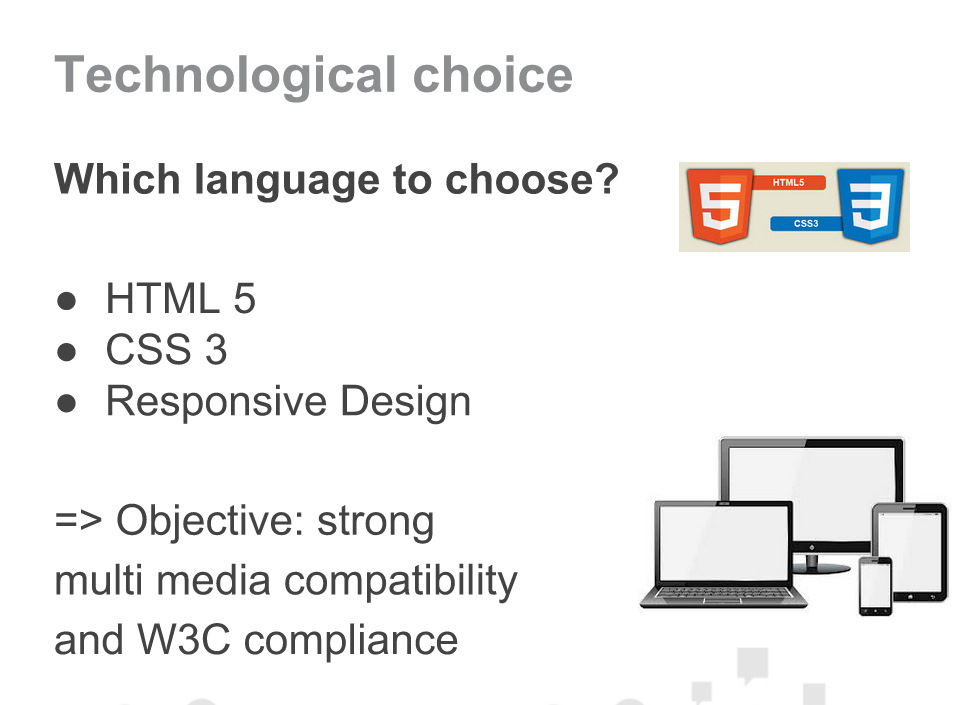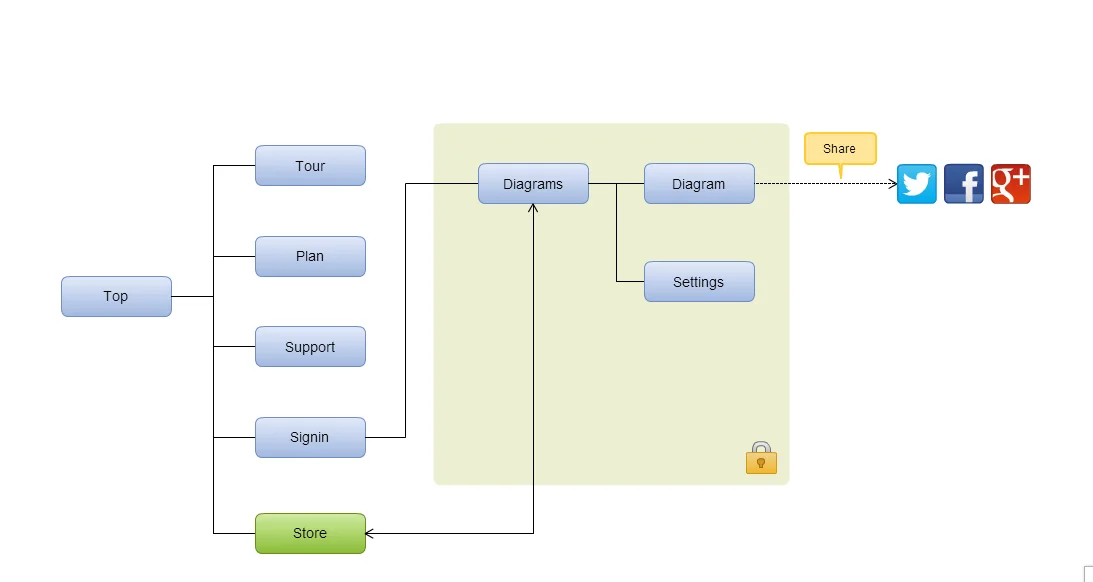





A webpage is a document, typically written in plain text interspersed with formatting instructions of Hypertext Markup Language (HTML, XHTML). A webpage may incorporate elements from other websites with suitable markup anchors.
A website, also written as Web site, web site, or simply site, is a set of related web pages containing content (media), including text, video, music, audio, images, etc. A website is hosted on at least one web server, accessible via a network such as the Internet or a private local area network through an Internet address known as a URL (Uniform Resource Locator). All publicly accessible websites collectively constitute the World Wide Web.
Webpages are accessed and transported with the Hypertext Transfer Protocol (HTTP), which may optionally employ encryption (HTTP Secure, HTTPS) to provide security and privacy for the user of the webpage content. The user’s application, often a web browser, renders the page content according to its HTML markup instructions onto a display terminal.
The pages of a website can usually be accessed from a simple Uniform Resource Locator (URL) called the web address. The URLs of the pages organize them into a hierarchy, although hyperlinking between them conveys the reader’s perceived site structure and guides the reader’s navigation of the site which generally includes a home page with most of the links to the site’s web content, and a supplementary about, contact and link page.
Some websites require a subscription to access some or all of their content. Examples of subscription websites include many business sites, parts of news websites, academic journal websites, gaming websites, file-sharing websites, message boards, web-based email, social networking websites, websites providing real-time stock market data, and websites providing various other services (e.g., websites offering storing and/or sharing of images, files and so forth).

HTML5 is a markup language used for structuring and presenting content for the World Wide Web and a core technology of the Internet.
It is the fifth revision of the HTML standard (created in 1990 and standardized as HTML 4 as of 1997) and, as of December 2012, is a candidate recommendation of the World Wide Web Consortium (W3C).

The Sitemaps protocol allows a webmaster to inform search engines about Urls on a website that are available for crawling. A Sitemap is an XML file that lists the URLs for a site. It allows webmasters to include additional information about each URL: when it was last updated, how often it changes, and how important it is in relation to other URLs in the site. This allows search engines to crawl the site more intelligently. Sitemaps are a URL inclusion protocol and complement robots.txt, a URL exclusion protocol.

We edited website on many CMS. Our services include :
- Installation & setup CMS
- Familiarisation with wp-admin or adminstrator
Webmastering :
- Post/Page creation
- Altering text
- Adding images
- Alignment
- Managing posts/pages
- Categories & tags
Creating & managing CMS :
- Plugins
- Adding plugins
- Adding widgets
- Create a menu
- Useful plugins to try
Web design :
- Downloading templates
- Communication
- Managing comments
- Incorporating social media
- Users
Managing user accounts
Fine tuning
- Adding & Understanding Permalinks
- Understanding Export & import database
Adding:
Galleries
Contact forms
Google maps
Google Analytics
PayPal
Adsense
RSS feeds
Mobile friendly formats
Performance
Caching pages
Image optimization
SEO
Post copy structure
Installing Social Metrics
Installing and Using Yoast SEO
Beyond your CMS
- Google+
- Facebook
- Twitter
And more ...
